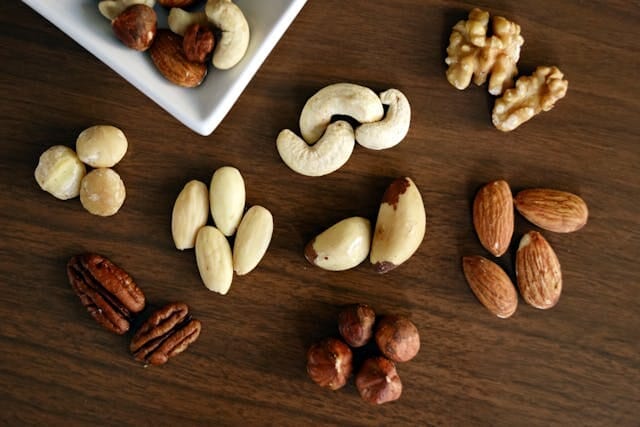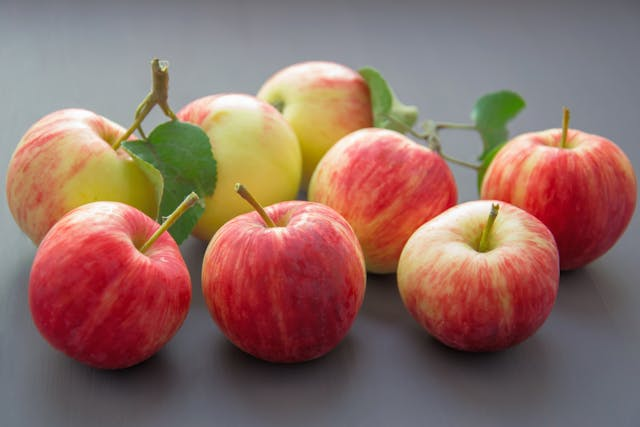
What is the Diverticulitis Diet? What Foods can I Eat in the Diet?
Time to read 4 min
Time to read 4 min
The diverticulitis diet is based on the types of foods that patients with diverticulitis can consume. The diet can help them manage their symptoms better, and reduce the inflammation present in their colons. It can be adapted for improving the overall digestion in these patients, as it is generally designed to increase fibre into the diet.
You should always consult with your doctor prior to starting a new diet. While the diverticulitis diet can show improvement in digestive functioning for some people, it may not be suitable for all without a doctor consultation.
You should also keep a close track of any side-effects that can arise as a result of this diet, especially if you don't have diverticular disease and are looking to improve your digestion generally. There may be risks associated with inflammation or sudden disruption if the person isn't monitored directly.
You can take the high fiber foods approach promoted by the diet, if you are experiencing digestive issues. However, it is important to talk to your doctor as suddenly introducing high fibre foods can disrupt the digestion of the individual.
One of the main suspected reasons of diverticulitis is the following of a low fiber diet, which doesn't include nutrient-dense fruits & vegetables. By switching over to a high fiber diet, conditions such as diverticulosis and diverticulitis may be managed better.
Nuts are one of the main fiber rich foods which can help you improve your overall digestion. Peanuts, cashews, almonds, and other nuts can be introduced within this diet.
You can improve your fibre intake and increase your overall Omega-3 intake, with sunflower, flax, and chia seeds. You can consume them directly or roast them to maximize their taste and nutritional value.
Bananas, apples, berries, and other high fibre fruits can be excellent nutritional additions to any diet. You should start with adding fruit pulp and juice, and then transitioning to a wider range of fruits.
Broccoli, kale, spinach, and other green leafy vegetables are excellent for improving your fibre intake. The diverticular diet, for most people, will include a range of vegetables.
Whole grain rotis, breads, pastas, and cereals, will also be introduced within the diverticular diet. This can allow your body to improve digestion through more fibre in the body.
Both kidney beans and black beans can be excellent sources of fibre for the body. You can cook them or add them to salads to help boost your digestion and reduce inflammation in some cases.
While the diverticular diet starts with a liquid diet, you can add them throughout your diet plan to improve your digestive health. Coconut water, broth, Gelatine, and natural juice liquids, can help with improving your symptom profile.
You can also start introducing eggs and meat when you are managing diverticulitis, during the final few stages. These can be great sources of protein, giving your body strength and an immunity boost.
Not everyone should be on the diverticular disease diet, as it is highly specific for patients with the condition. However, the overall principle of increasing your fibre intake slowly is the right takeaway for the larger public.
Doctors recommend starting with a clear liquid diet, under observation and management, which can help reduce the risk of an inflammatory event. If you have pouches in the past, then you need to consult with your doctor about how to start the diverticular diet.
You can then focus on solid foods after a few days, which can include fruits, vegetables, pulp, rice, starches, etc. These can help with improving fibre and also increasing the natural nutritional absorption capabilities. There are also certain foods to avoid with diverticulitis, especially those that trigger the lining.
While these aren't necessary associated with the diverticular disease diet, you can increase your overall fibre intake via these strategies in general. You should consult with your doctor prior to starting any supplementation or changes in your diet or fibre intake.
You can add fibre supplements into your diet as a general way to improve digestive health. These are available at medical stores and you can ask for them over the counter.
You can buy husk powder, which can help you improve your stool binding, as well as smooth flowing of the stool. You can also get different varieties within husk, so that you can consume it easily.
Adding fortified cereal or oats can help with improving your overall fibre. With improved fibre, your body can produce the right enzymes to help digest a range of foods better.
Dried fruits can be a great way to increase your digestion enhancing natural sugar alcohols. You can also add them directly into a salad or consume them as a snack, along with some seeds.
You can add vegetable stock, carrots, zucchini, kale, and other high fibre vegetables in a soup form. These are easier to consume and you can improve your nutritional intake by adopting these foods.
* * Medical Disclaimer - The following information is for educational purposes only. No information provided on this website, including text, graphic, and images, are intended as substitutes for professional medical advice. Please consult with your doctor about specific medical advice pertaining to your condition(s).

